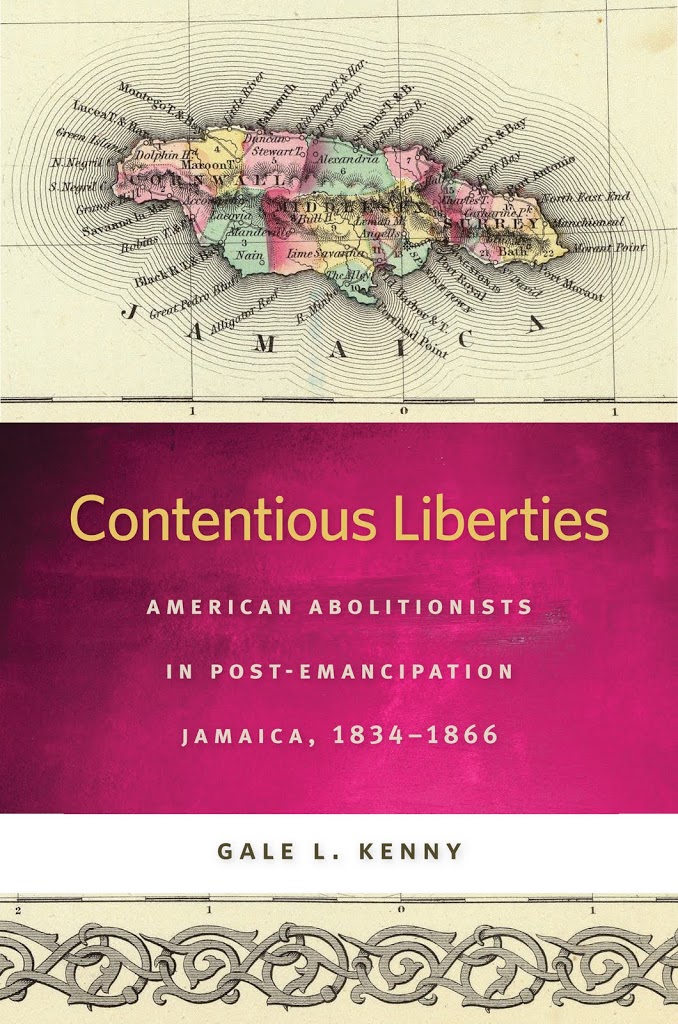Teaching with Blogs: What Worked, What Didn’t. (part 1 – what worked)
(and as a quick side note, Gale’s marvelous book is now out in paperback! – ejb)
Gale Kenny, Barnard College, Columbia University
At the beginning of the semester, I contributed a post about my experimental plan to have every student in one of my seminars create and write for their own blogs, and I’m back again for the final report. I should also add that early in the semester, I found out that other professors who are more teaching-with-technology-savvy than me had already dubbed this the “hub and spoke” model, and there are useful discussions about blogs out there, including Mark Sample’s discussion of blogs and the classroom (he prefers a central blog to the hub-and-spoke model), and this response from Teleogistic about blogging in large classes.
For my class, the experiment proved successful overall, but there were a few changes that I will make in the future.
To recap: My class ended up with thirteen students, including two auditors, one of whom blogged and commented. I required students to post twice a week on their own blogs and to make three comments on their classmates’ blogs. At least one of their posts had to be on the class’s assigned readings, but the other could be on anything related to the course.
The good:
· My students really liked having their own blogs. They chose their own templates on the WordPress platform, and whenever they had something they wanted to say, they had a place to say it. I think that at the end of the semester, they were quite proud of their efforts. For example: Lexi’s blog, Hannah’s blog, Nick’s blog. (For links to the others, visit our class blog: religionandhumanitarianism.wordpress.com)
· They taught themselves how to use technology.
· While The Book of Mormon dominated last semester’s version of this course, this semester, the topic on everyone’s minds was Occupy Wall Street. The blogs became a place for students to post their hopes and doubts about OWS, and to compare the real-time social movement to the movements we studied in class. If I can brag about my students for a moment, here are some examples of posts about religion and OWS: Allison, Nicole, Tamara; and a post from Lexi about the campaign surrounding the execution of Troy Davis in September – this one led to a fantastic class discussion about Karen Halttunen’s article, “Humanitarianism and the Pornography of Pain in Anglo-American Culture,” (AHR, 1995).
· In class, the blogs worked as conversation-generators. I could open class by asking which posts they had liked the most this week, or to elaborate more on what they had written on the blogs. It was an excellent exercise to have students summarize each other’s arguments as well as to present their own ideas. I was glad to see that over the course of the semester, certain posts became canonical texts in our seminar.
· The blogs also allowed students to share their interests. So, Nick became the go-to student on social media and humanitarian organizations and Allison the expert on campaigns against child marriage. When anyone came across an article or an idea related to another person’s research topic, they could pass it along.
(part 2 on “the bad” will be posted on Wednesday)



